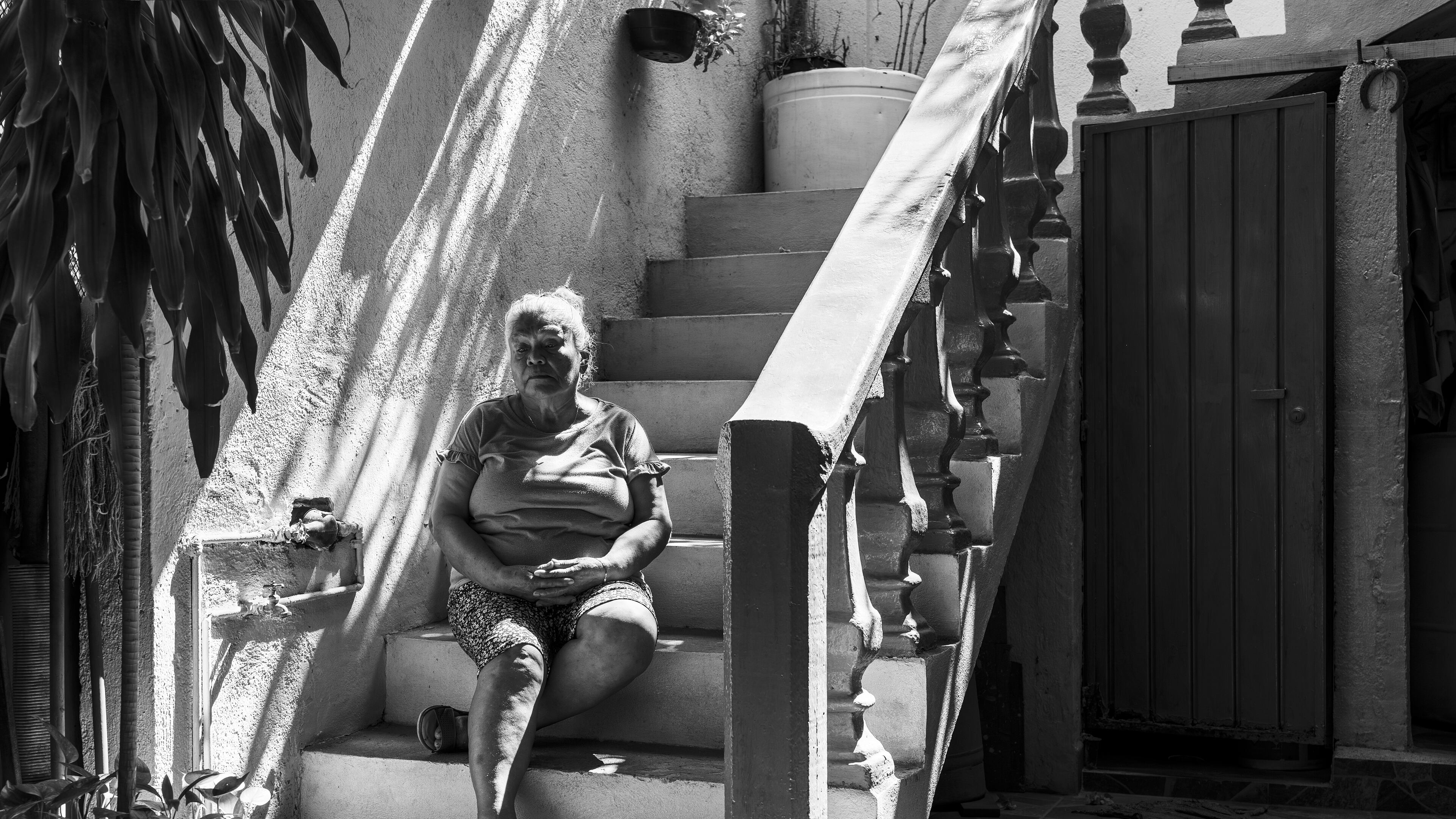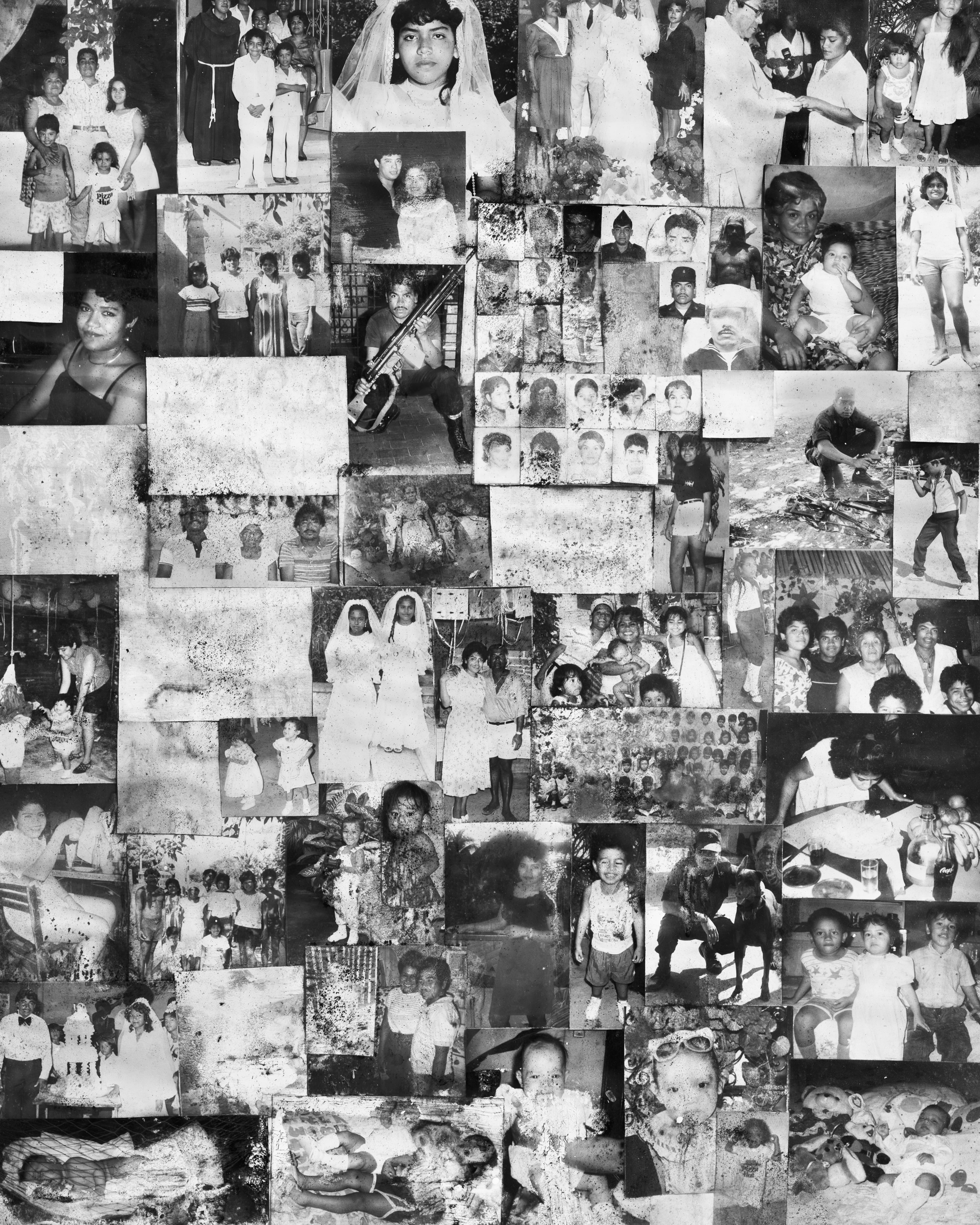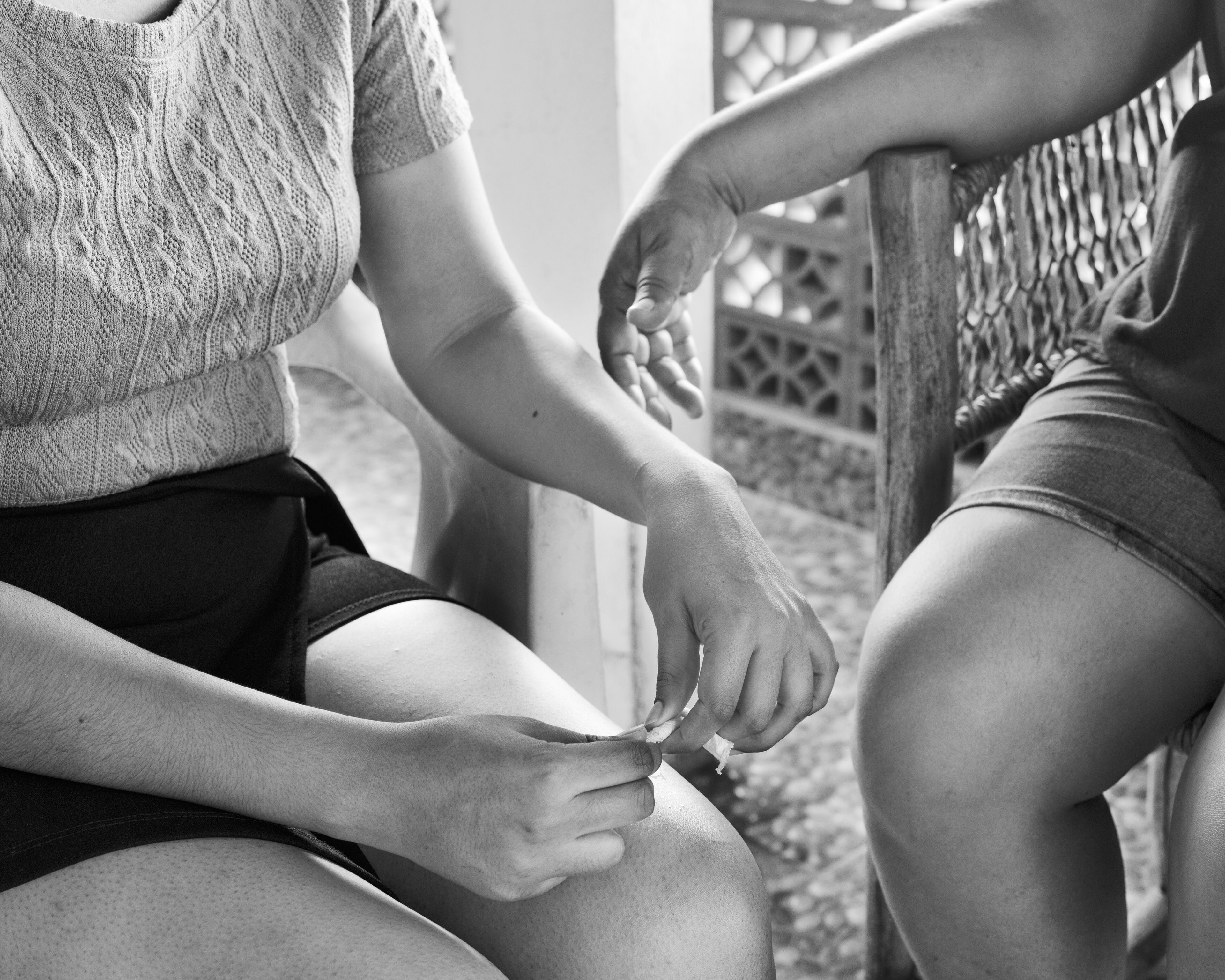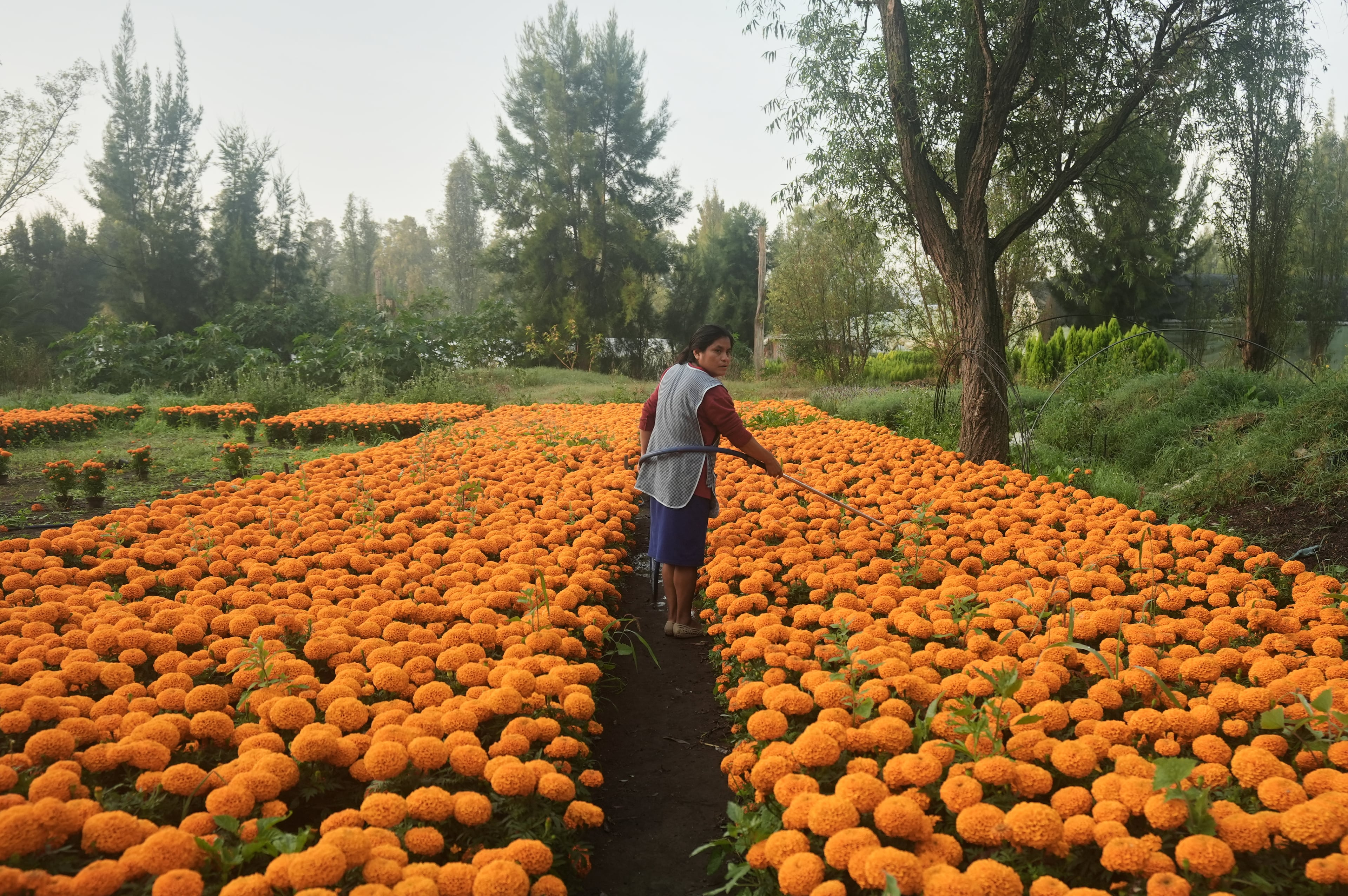Mexican American photographer’s Atlanta exhibit travels a more personal path

This story was originally published by ArtsATL.
Brayan Enriquez captured the photographs in his solo exhibition “Like Hills Made of Sand” during his first visit to Mexico, when he reunited with his extended family. The resulting Atlanta Center for Photography exhibition is part travel documentary, part personal diary.
On this trip, the Atlanta photographer met many family members for the first time and was reunited with others who had been deported from the United States more than a decade ago. This exhibition feels especially timely given the current state of immigration policies and the complexities of the migrant experience in 2025.
Featuring more traditional portraits interspersed with askance moments and images of family memorabilia, the photographs tell a narrative exploring migration, family and belonging. While the basis for this exhibition’s genesis alone is one to wonder about, presented here, the remarkable emotional effect and virtuosic manipulation of the medium are subsumed by a din of mixed metaphors.

Enriquez’s use of metaphor as a storytelling device sets the tone for the exhibition before visitors step into the gallery. The title “Like Hills Made of Sand” connotes ephemerality, instability, transience and monumentality. Reading this title and the news release, which says that the artist is “mining lived experiences spanning generations and nation-states to image the invisible effects of U.S. immigration policies,” I expected to enter an exhibition with political poignancy and heart-wrenching potency.
In the exhibition, the metaphor of hills and sand halts abruptly, save for its appearance in the title of one artwork — “Los Cerros (Family Archive Verso #3).” Instead, we are inundated with water as a new metaphor.
Immediately inside the entryway are “Stars over the the Pacific #1 and #2.” A stygian ground is populated only by small flecks and small bleeds of white. The very high-contrast value of this image causes the lowlights to be all-consuming and the highlights to be glaring, with only the artwork title clueing us in to what this photograph depicts. The photograph is a masterwork of technical finesse, but I found little connection with the premise of immigration policies and unsolid hills. The piece, and others like it, instead opened a dialogue in a different metaphorical language.

Further into the exhibition, we find “My mother’s collage that hangs in my grandmother’s room, after Hurricane Otis.” Much as the title describes, this artwork is a photograph of a large tableau completely covered with images from the family’s history — weddings and births and portraits.
Here again, the exhibition seems to veer into a new vernacular, this one focusing on the archives of a family. The piece is captivating for its preciousness — the translation from originals to reproductions did little to diminish the emotional weight of them — but it seems to be more in dialogue with memory, the fallibility of the archive and the slow erosion of time rather than connecting to the overarching themes of transience and immigration.
The confluence of these varied metaphors created a sense of disconnect from the greater issues at hand. While I did consider whether the turbulence of the reunion between the artist and his extended family may have influenced the overall impact of the exhibition, my uncertainty around its intentionality undermined whatever effect it may have had.

The artist has without a doubt proven his adeptness with photography — not only by virtue of the artworks themselves but also with regard to his reception of Atlanta Center of Photography’s Emerging Artist Fellowship — a yearlong fellowship awarded to one emerging photographer culminating in a three-month exhibition held at the gallery. And, yet, I wonder if a more streamlined narrative structure could benefit the artworks.
I would argue that if the works all spoke the same metaphorical language, they would perhaps more easily complement and empower one another. As it stands, the greater messages are somewhat lost in the noise.
PHOTOGRAPHY REVIEW
Brayan Enriquez: “Like Hills Made of Sand”
Through August 23 at Atlanta Center for Photography. Noon-5 p.m. Wednesdays-Saturdays. Free. 546 Edgewood Ave. SE, Atlanta. atlantacenterforphotography.org.
::
Leia Genis is a trans artist and writer currently based in Atlanta. Her writing has been published in Hyperallergic, Frieze, Burnaway, Art Papers and Number: Inc. magazine. Genis is a graduate of the Savannah College of Art and Design and is also an avid cyclist with a competition history at the national level.

MEET OUR PARTNER
ArtsATL (artsatl.org) is a nonprofit organization that plays a critical role in educating and informing audiences about metro Atlanta’s arts and culture. ArtsATL, founded in 2009, helps build a sustainable arts community contributing to the economic and cultural health of the city.
If you have any questions about this partnership or others, please contact Senior Manager of Partnerships Nicole Williams at nicole.williams@ajc.com.

